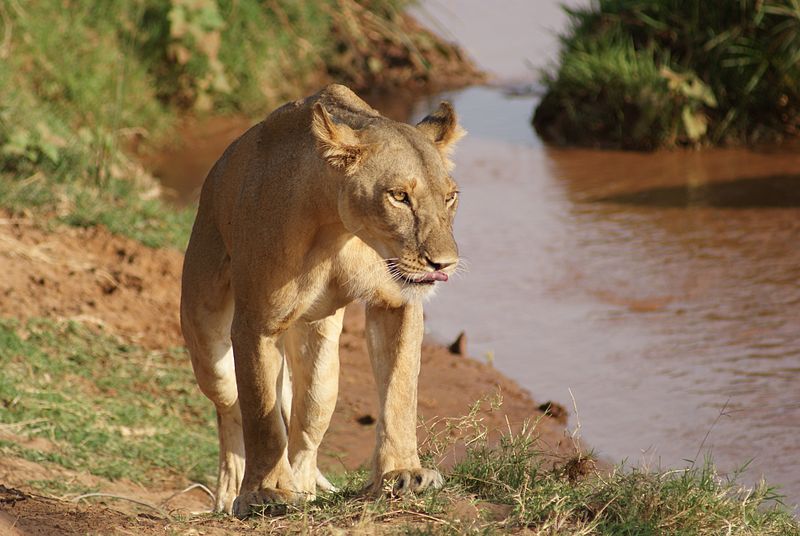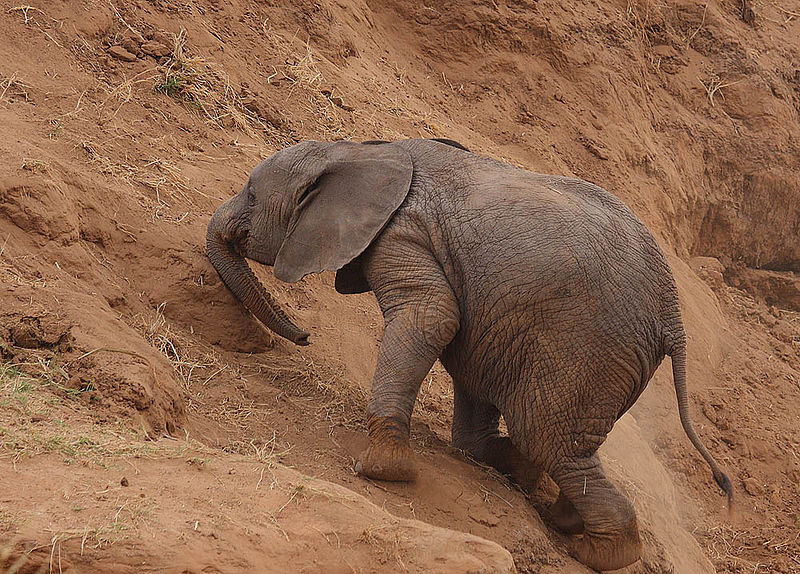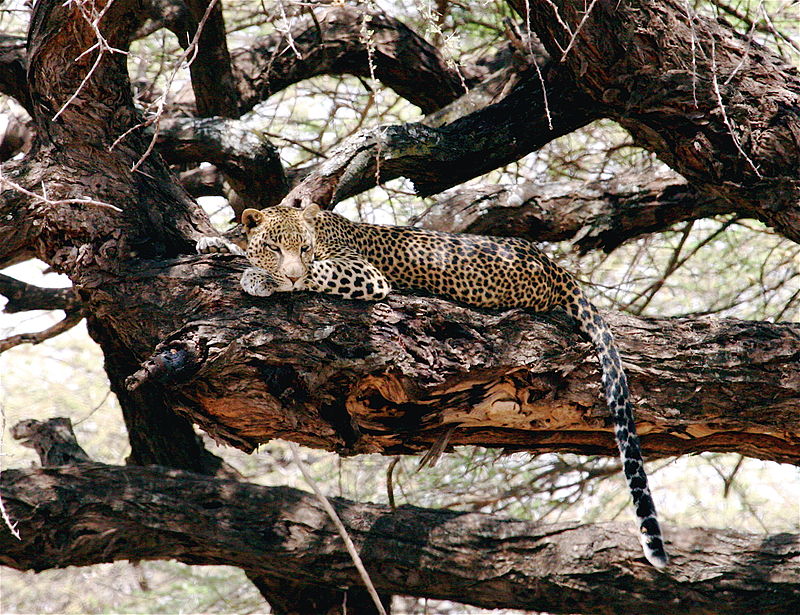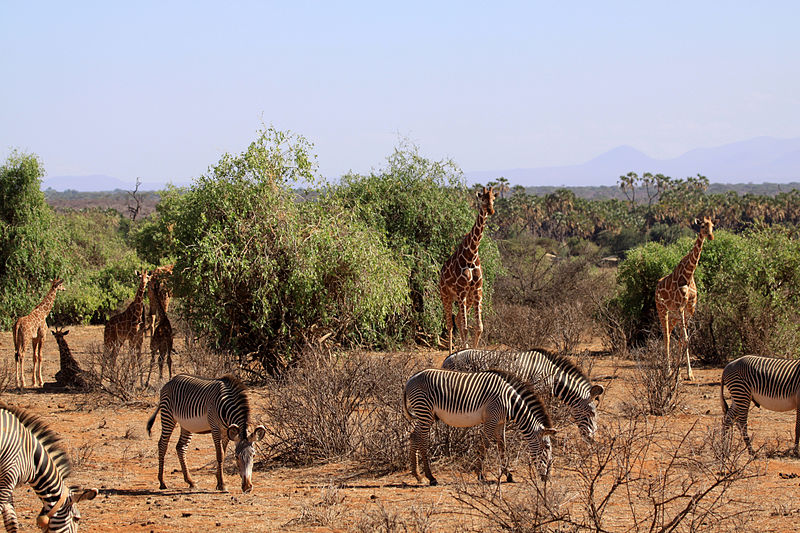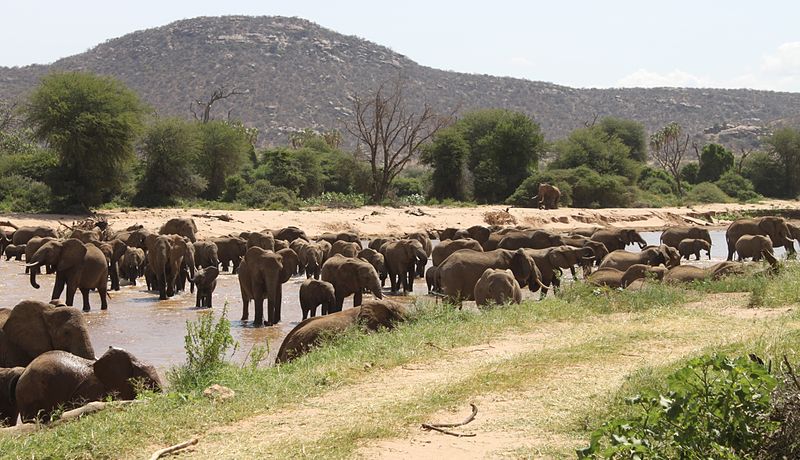Samburu National Reserve
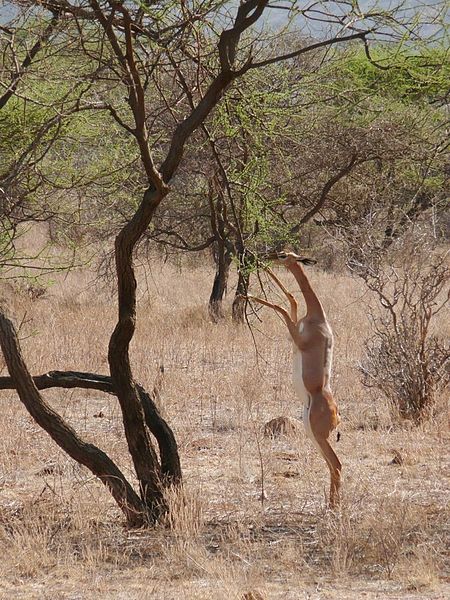
Facts and practical information
Nestled in the arid region of northern Kenya, the Samburu National Reserve is a protected area renowned for its remote beauty and diverse wildlife. Spanning over 165 square kilometers, this breathtaking landscape is characterized by its open savannahs, acacia forests, and the meandering Ewaso Ng'iro river that sustains the reserve's flora and fauna during dry periods.
Established in 1948 as part of the larger Samburu-Isiolo game reserve, Samburu National Reserve has become a sanctuary for a variety of wildlife, including species that are unique to the region, such as the Grevy's zebra, Somali ostrich, and gerenuk – a long-necked antelope adept at standing on its hind legs to reach for leaves. In addition to these rarities, the reserve is home to the 'Samburu Big Five': African elephants, lions, leopards, buffalo, and cheetahs.
The indigenous Samburu people, after whom the reserve is named, live on the fringes of the park. Their culture and traditional pastoralist lifestyle provide an enriching dimension to the natural splendors of the reserve. Visitors often have the opportunity to experience Samburu culture through village visits and cultural performances.
Samburu National Reserve also plays a crucial role in conservation, particularly for big cats and elephants. It is a part of the Ewaso Lions Project and the Save the Elephants research camp, both of which are focused on protecting and studying these magnificent creatures.
Tourists can explore the reserve on guided game drives, camel-backed safaris, and walking tours, all offering close encounters with the wildlife and breathtaking vistas. The lodges and camps within the reserve provide comfortable accommodations while allowing guests to immerse themselves in the serene wilderness.
Samburu
Samburu National Reserve – popular in the area (distance from the attraction)
Nearby attractions include: Buffalo Springs National Reserve.


